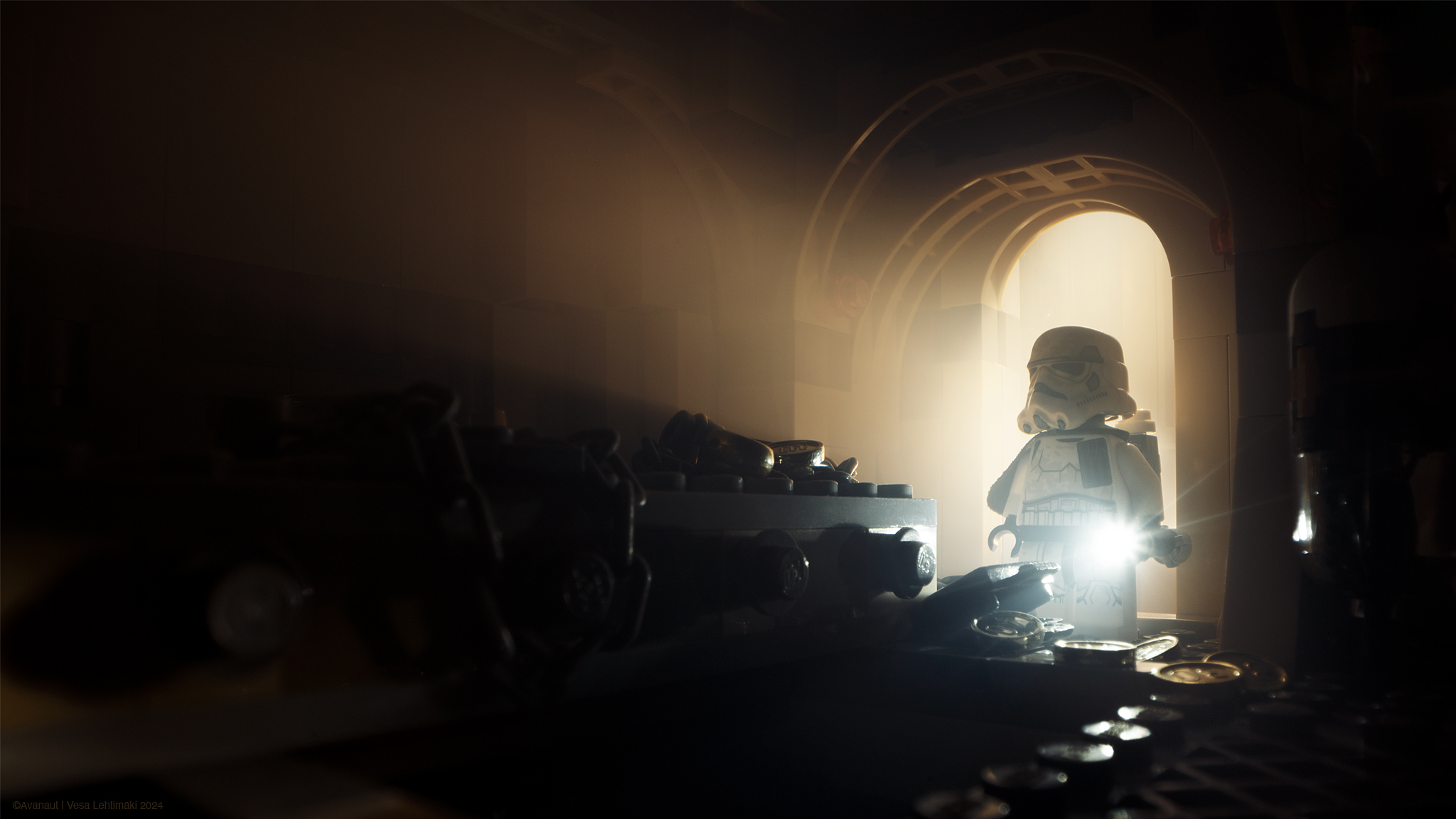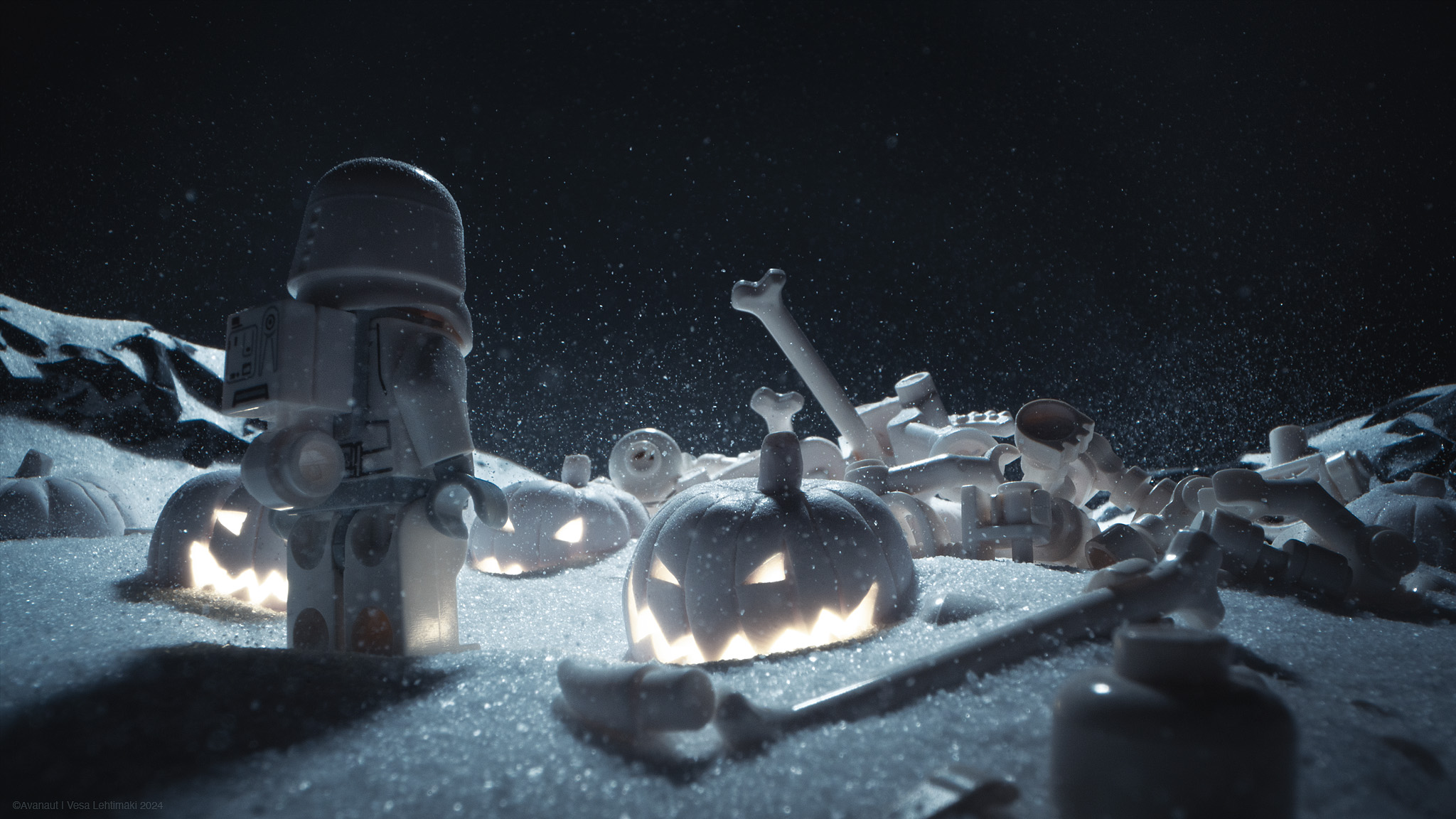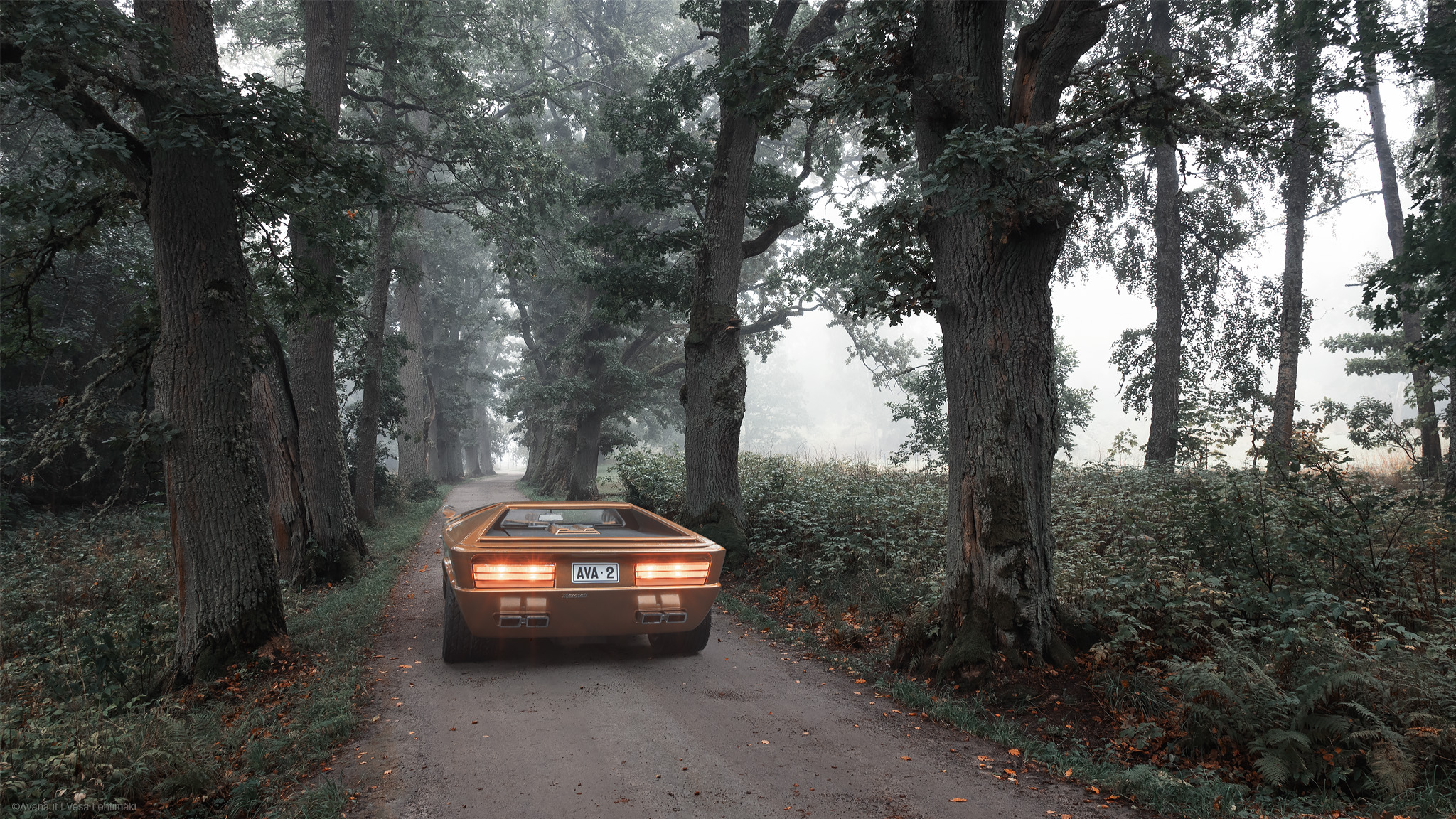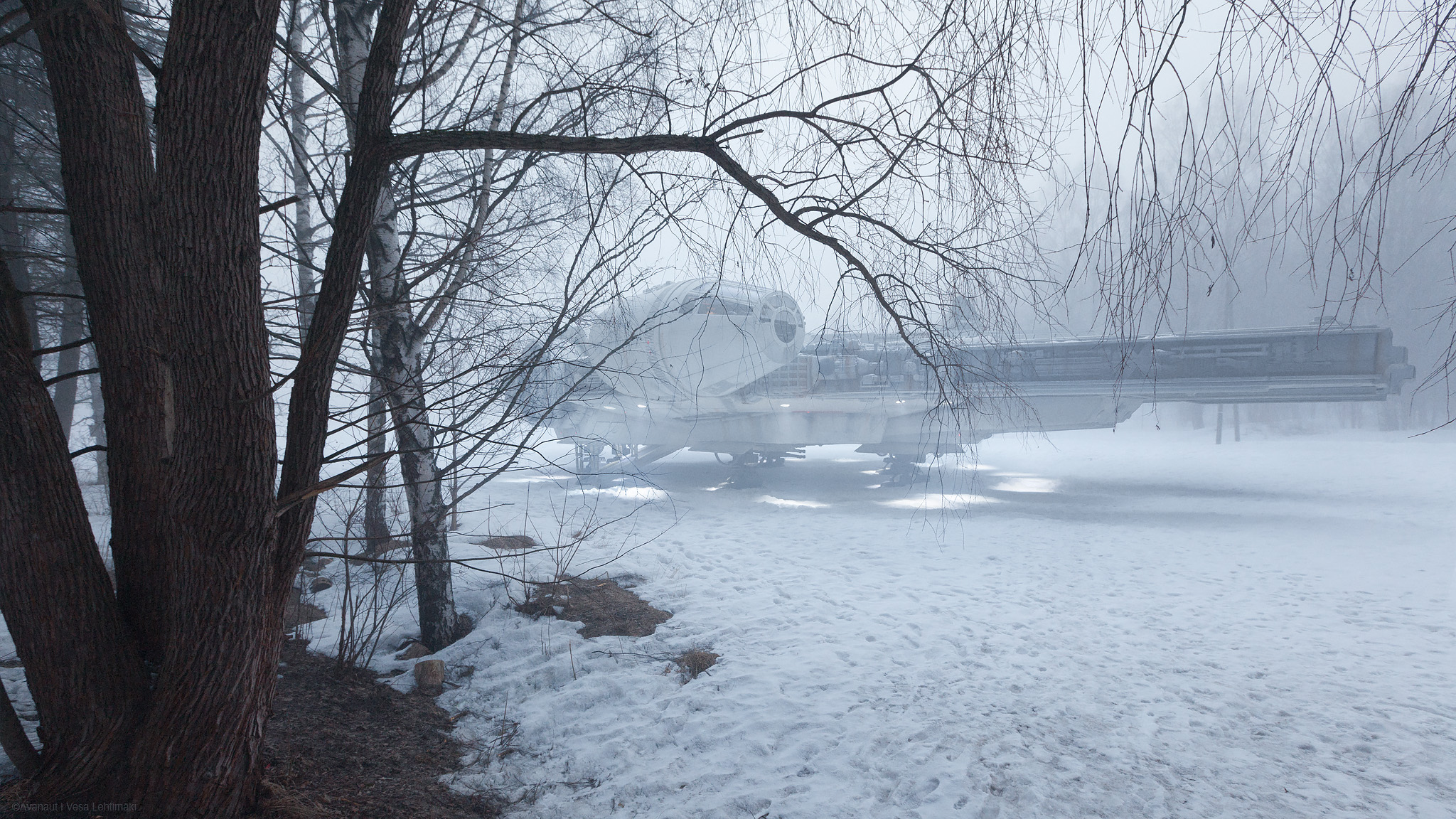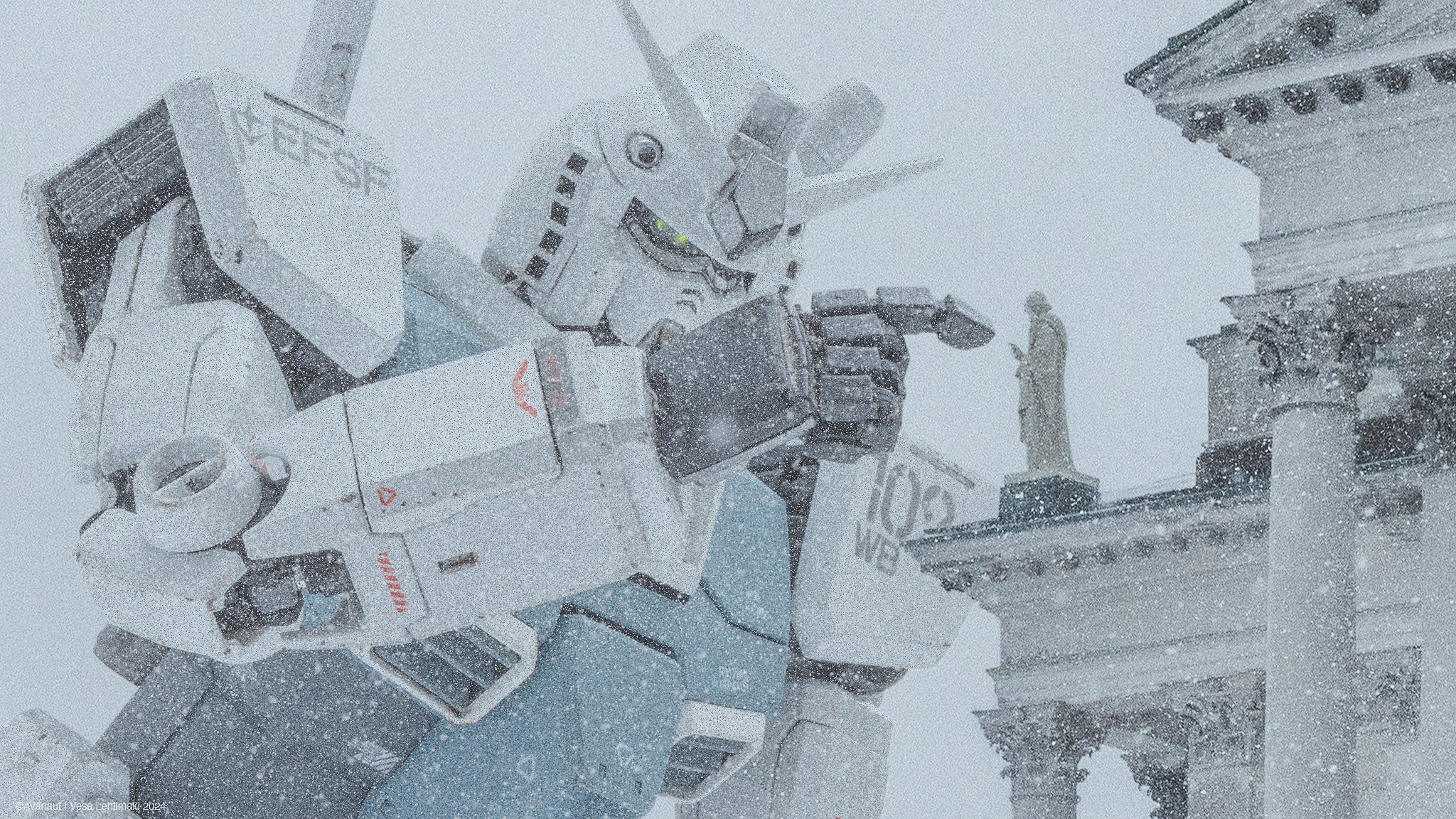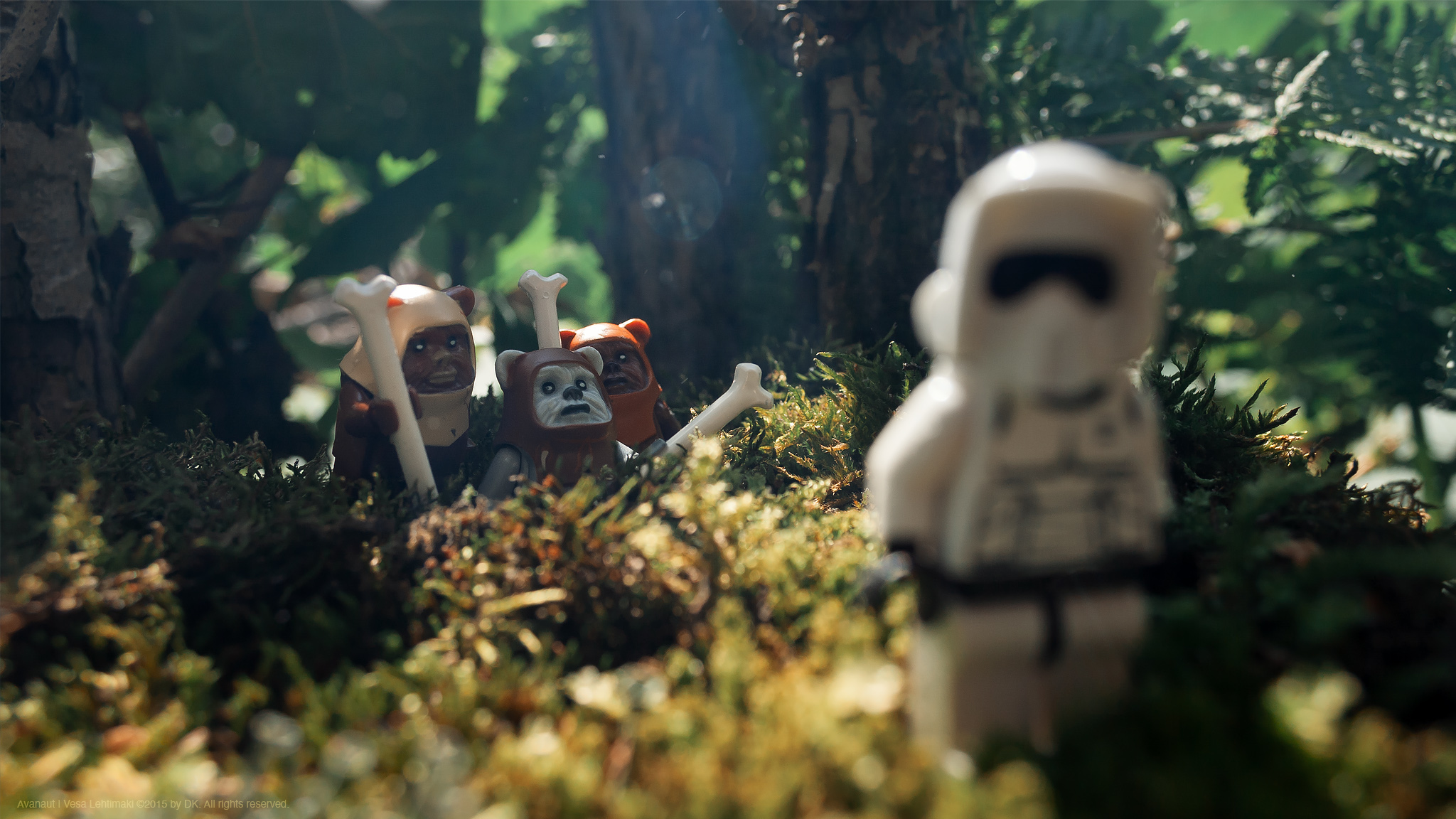Musings about Lego indoors photography in the Star Wars niche. Not terribly much options for that but enough to be inspired.
About Halloween, All Saints’ Day, Kekri and a little bit about Christmas too. But mostly about snowy Jack-o’-lanterns on Hoth.
An insight to the character with the name TK-24/7. He has appeared in my photographs for a good while now.
A spaceship is not real but a car is. Does that make a difference in how we perceive an image created with a scale model and some editing?
Musings about an ability of seeing spaceships in an environment where there aren’t any. It’s the power of imagination. Involuntary or not.
I photograph clouds from time to time. Not thinking of spaceships or anything of the sort, only the clouds. Just stopping somewhere for a moment to look at the sky can be mesmerizing. Especially if standing on the shore by the sea with the horizon in sight. With clouds every second is unique. If you look away for a moment a beautiful cloud is gone or maybe something interesting comes up where there was nothing.
I don’t go cloudwatching all the time, just sometimes. I try to have no goals or pressure, merely moments of calm. This happens mostly in the summer because our winter is too cold for those beautiful big Cumulonimbus clouds.
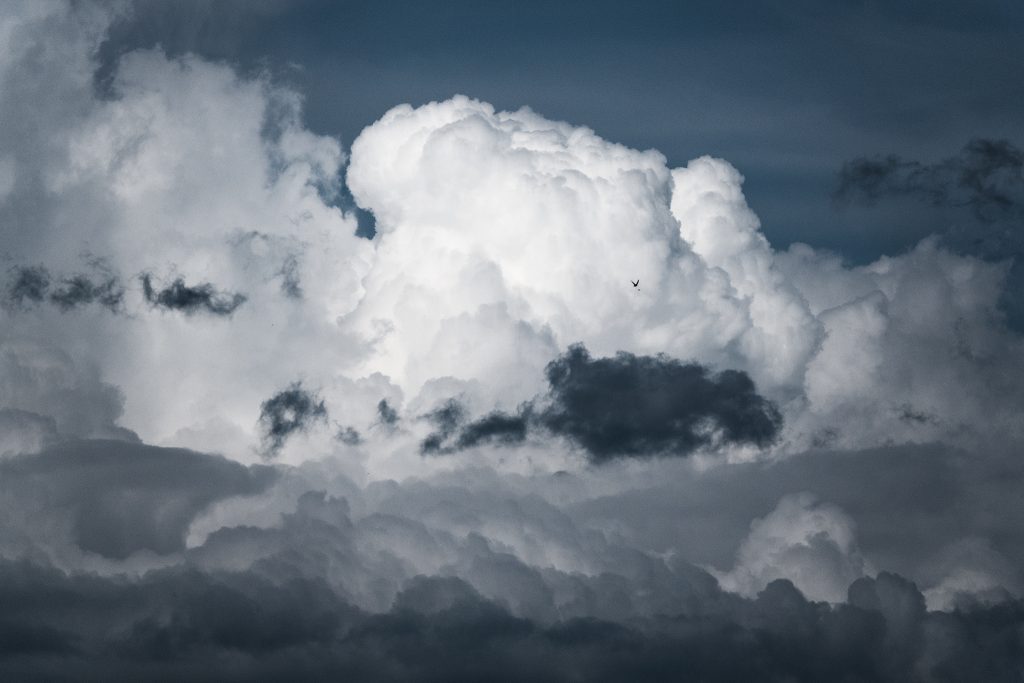
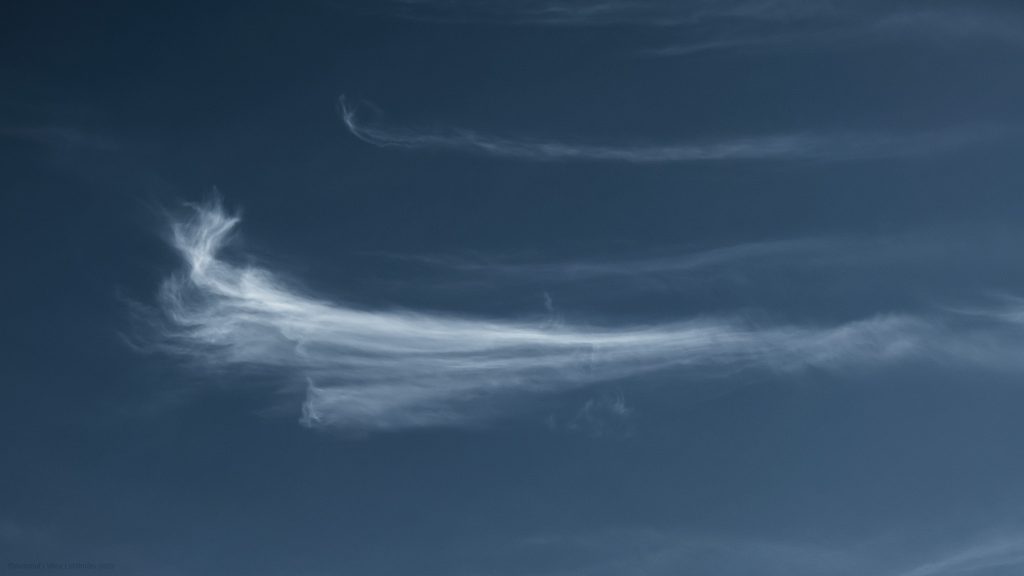
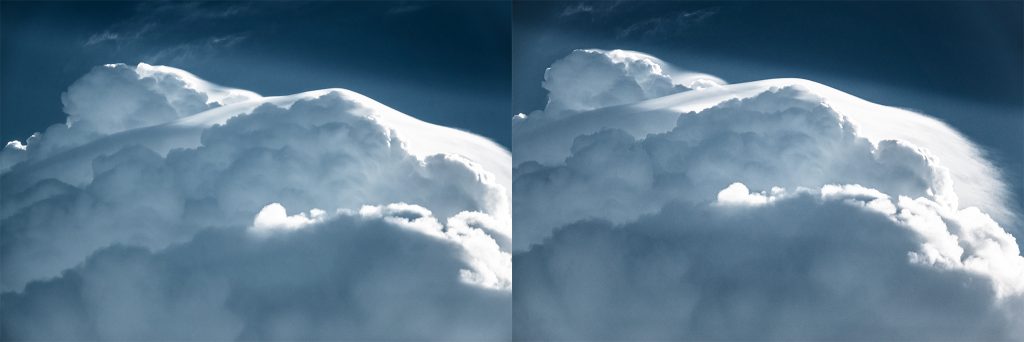
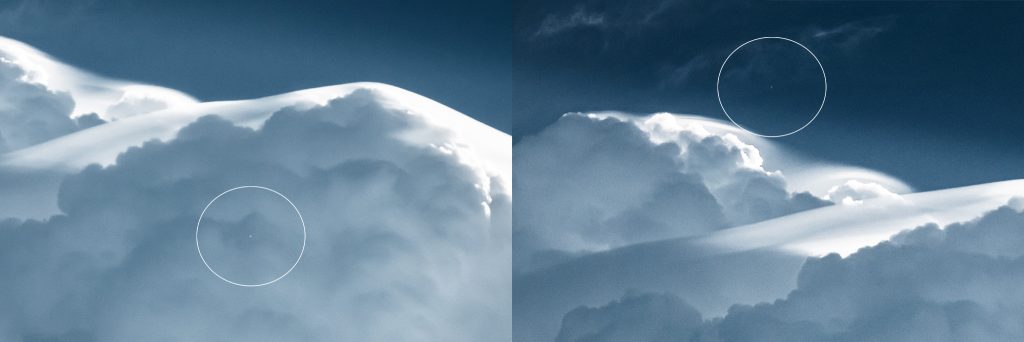
Yup, clouds are nice.
Due to the huge size of a cloud a small spaceship can’t really touch it. There is no contact surface because a cloud is not very sharp on the edges looking at it next to a spaceship just a few metres long. Therefore my rules of interaction don’t apply. I have rules, you see. One of them is that the model must have some kind of interaction with its surroundings, a shadow or a reflection from a light source for example. Anything to tie them together. With clouds this rule does not work. Unless it’s a really big spaceship maybe, a Star Destroyer or something like that. To make this thing work with my small ships I have to simply work with light, contrast and colour.
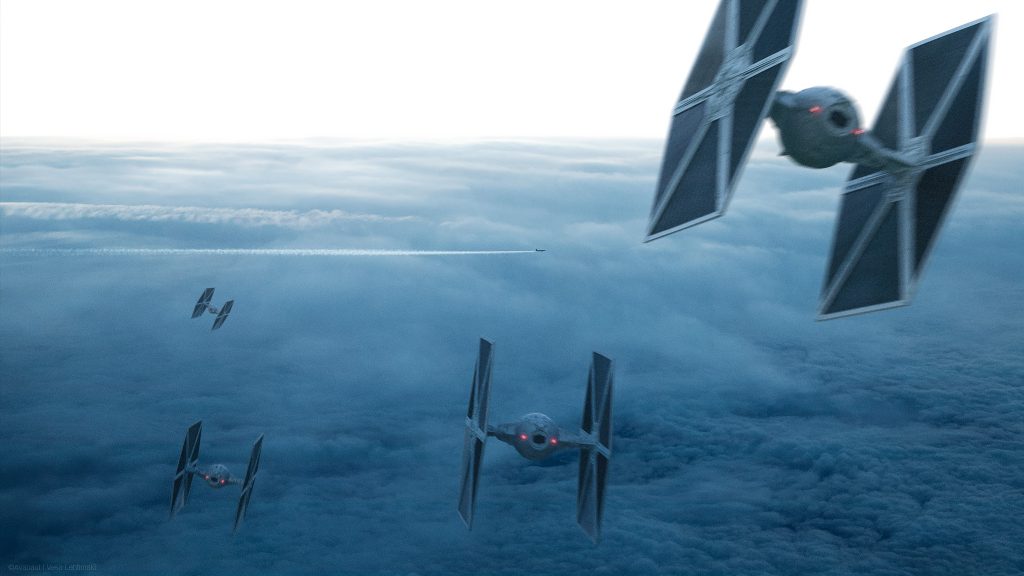
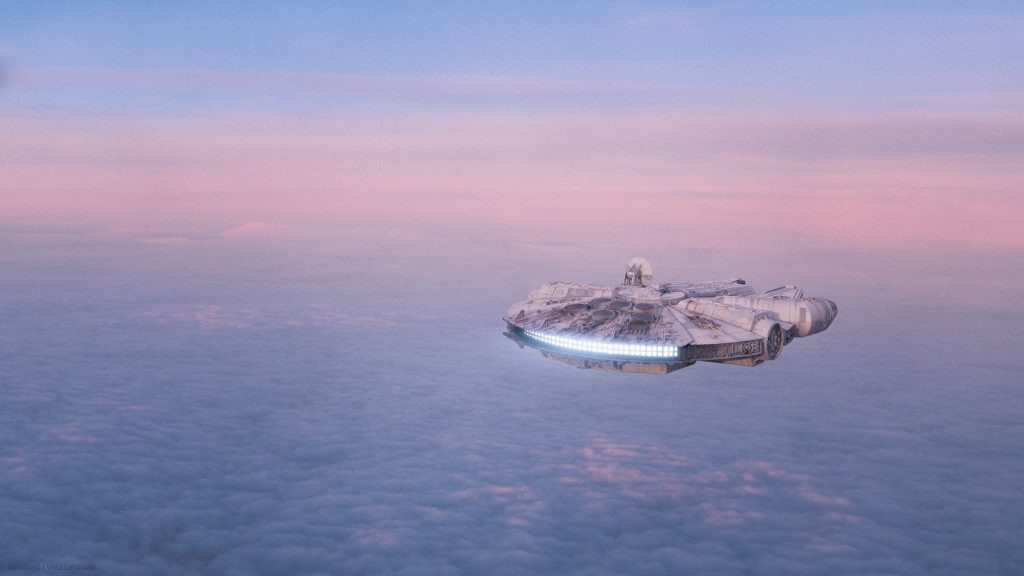
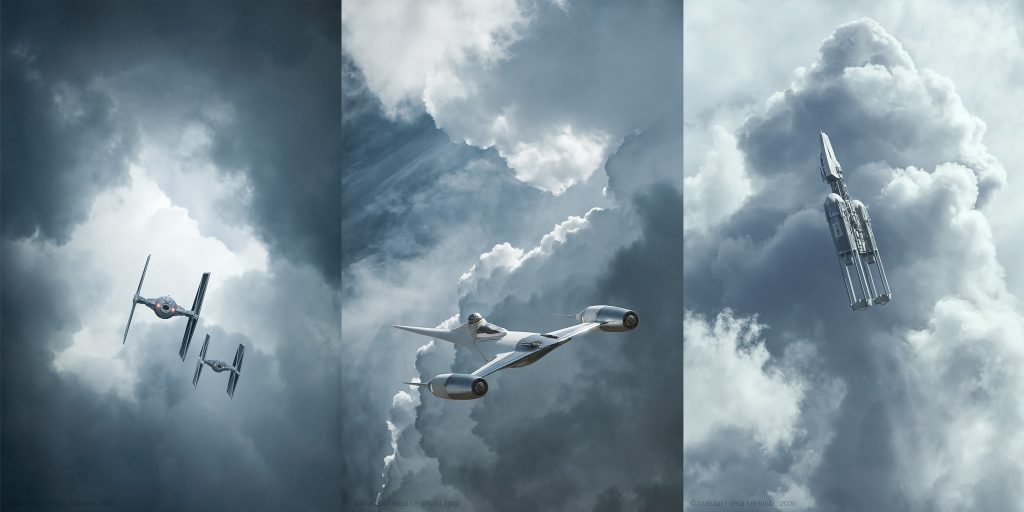
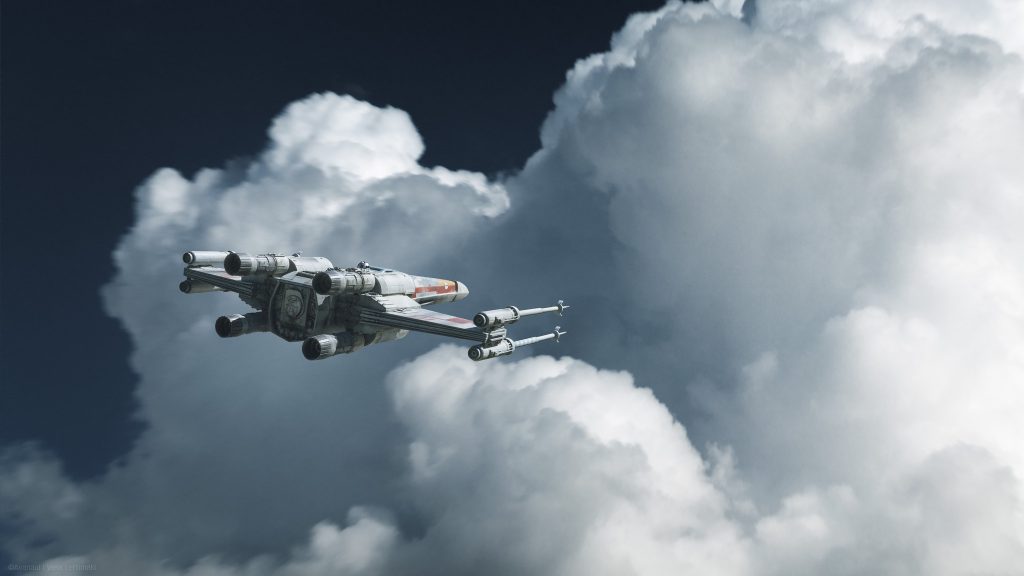
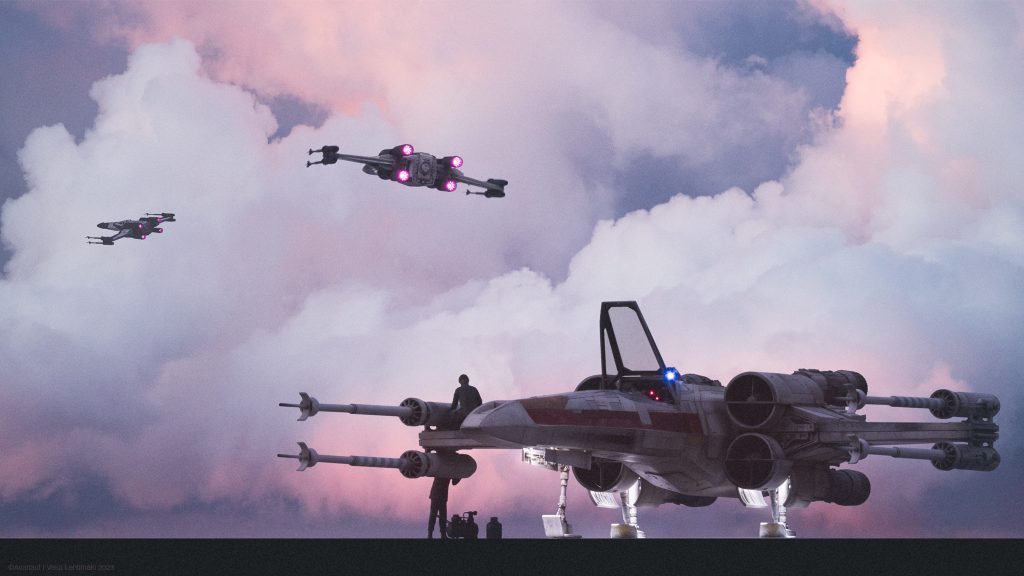
The header photograph is just a cloud, a nice cloud, no birds. I figured it’d work on its own there.
I’ve never been to Japan. I would like to but I suspect I may never be able to. Sigh.
This hasn’t prevented me from admiring the sense of aestethics in the Japanese culture. Or what I see of it through the narrow window of literature, comics and movies. This picture is probably more distorted than I realise but it is what I have.
The Japanese toy manufacturer Bandai offers incredible quality when it comes to plastic injection model kits. It is unlike anything else out there. I’ve built some Bandai Star Wars models but I wanted to try something different. The Japanese Gundam thing looks great, mecha suits, not robots, as I found out. I wanted one.
I knew nothing about the various versions within the Gundam lore, never watched any of the tv-shows, also blissfully uninformed of the variations in the Bandai product line. There were many different scales and difficulty levels available. After some serious googling I ended up buying the Bandai Perfect Grade Gundam RX-78-2 mecha suit in 1:60 scale.
I’ve not built anything of this sort before and for a newbie the kit offered some surprises. Biggest surprise I guess were the sprues with parts that had molded in ball joints. I hadn’t seen anything like that before. It was rather exotic for such an old kit, or any kit for that matter, this model was originally released in 1998. How much more complex the latest version that goes by the “Unleashed” brand can even be? It looks insanely more detailed in photographs. I’m glad I didn’t buy that one. It would have been too overwhelming.
Painting this was very different to what I am used to, all the exterior parts had to be painted before assembly. Due to the precision of the parts, no paint must go on the internal structures, connecting pins and such. If you paint them the parts don’t fit anymore, the layer of paint ruins it. It’s THAT precise! This meant lots of tape masks. Organising all this part by part was not the most pleasant thing about this build.
I wanted this to look different than the stock red/yellow/white so I painted it in white with two shades of blue. Cold, wintery colours, I suppose. The decals that came with the kit were stickers. I didn’t like them very much. So, I bought some waterslide decals online only to realise afterwards that they were for the Unleashed version, not this. I used them regardless and they are all over the place. The colours were wrong anyway so whatever. Wrong colours and details must be somewhat irritating thing to look at for those who actually know this stuff. Ignorance is bliss in my case.
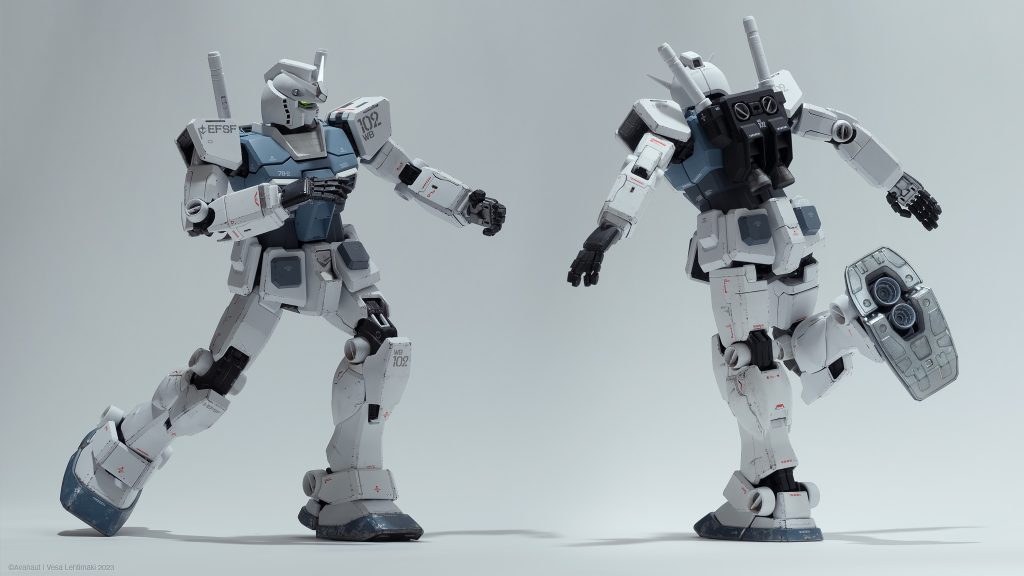
I have made a few photocomposites with the Gundam model to see how it is to work with. The following two were made with photographs I took on one beautiful foggy day in 2023.
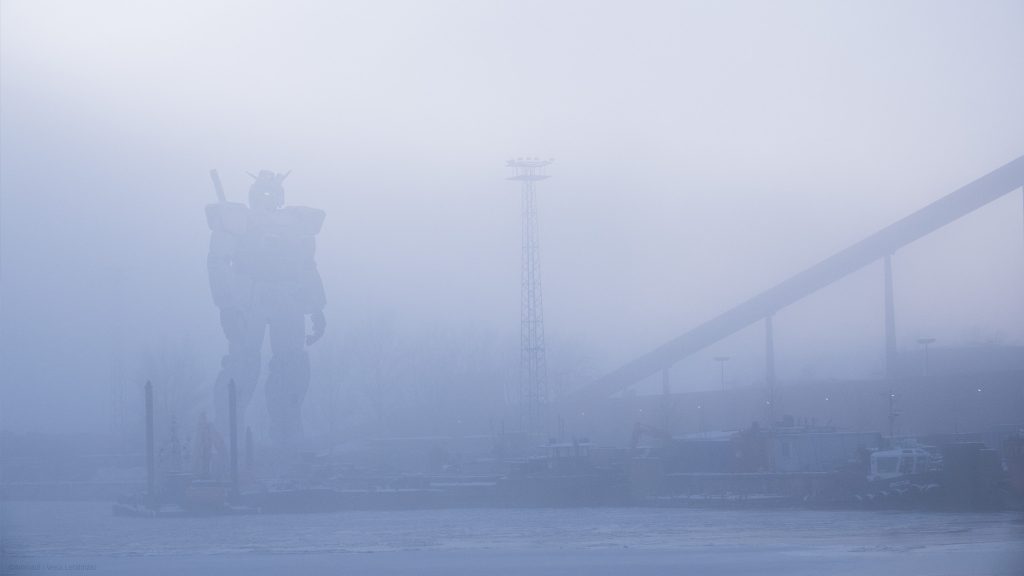
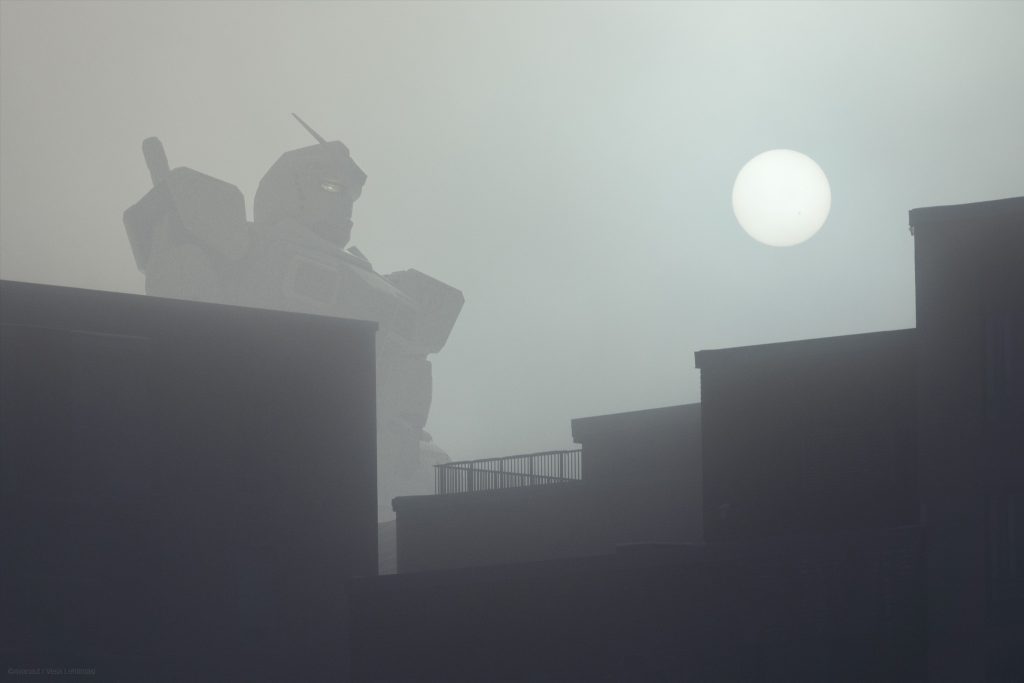
Like with most of the models I’ve built there is an idea or two for a photograph when building them. Sometimes even before building. This one was no exception. But the photograph I had in mind with this one hasn’t really emerged yet. I’ve tried it but it has proven to be a bit of a challenge for me. Meanwhile I have continued experimenting with it, like the one with the church below.

The white Helsinki Cathedral is a popular subject of photography, a tourist attraction. I didn’t quite get what I had in mind with the blizzard and light but it’s close. I’ll probably try again next winter.
In 2015 I got an idea. We were about to embark on a family holiday trip to Italy and a couple of days before we left I rushed to a local camera store and bought the Olympus Tough TG-4, a new version of their waterproof camera, just released. I wanted to try underwater photography.
In the last minutes of packing I threw in an Action Man we had, one with scuba gear. I had tried photographing it in a water container earlier with poor results. I didn’t expect terribly much from this but with Jacques Cousteau in mind I wanted to give it a try.
During our stay in Italy we were in a place where the waters weren’t clear, it was a disappointment, but a few days in our holiday we decided to take a daytrip to the island of Ponza, 33 kilometers from the coast. There I managed an hour on the beach in clear waters with the Action Man.

The Ponza session was improvised, I was unprepared, but looking at the images afterwards back home I began thinking there was something in it. I bought the then just released Lego Deep Sea Explorers submarine and tried it in our local waters here in Finland. But, alas, our lakes are nowhere near the clarity of the Mediterranean. The photographs were terrible.
Next year we decided to go to Ponza again but this time to stay for a few days. It's a lovely place and we wanted to have a better look. Thanks to our national airline and their overbooking policy our stay got shortened by a full day. In the end I had two afternoons with the Lego sub and the Action Man. This time the Action Man had an orange wetsuit because the original blue had disintegrated. Same thing happened with the orange one after the trip. It is very unfortunate that soft rubber products these days are like that, self destructing.
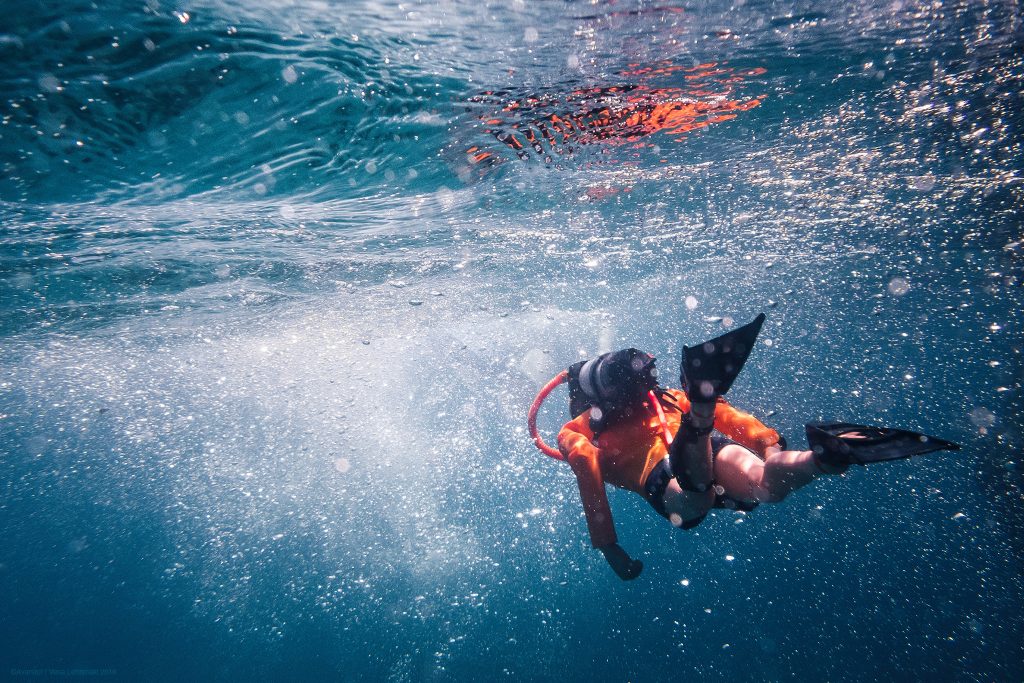
Anyway, I was better prepared on this second trip and I got a nice set of photographs. I have posted dozens of them online over the years. I learned a lot of what works and what doesn’t during these couple of days. It was a big leap.
A fun thing happened after we returned home. We watched Wes Anderson’s magnificient The Life Aquatic With Steve Zissou, one of my all time favourite films, and I realised they had used Ponza for some location shoots.

Not willing to fly if not really necessary anymore I have managed to find clear enough waters from Finland too. Unfortunately they are a long drive from where I live, the waters aren't clear enough in the south. The best I’ve found were some arctic meltwater pools in Lapland but it takes more than a day to drive up there. Then again, if you're on the road anyway, perhaps a roadtrip all the way to the Barents Sea, a part of the Arctic Ocean. It is clear and just as exotic as any ocean on Earth. Two days’ drive one direction. I'd like to do this some day.

Looking for potential locations within reach has turned up some interesting spots. Like this underwater freshwater well, Uhrilähde (Sacred Well) in Jämijärvi, three hours’ drive from home.
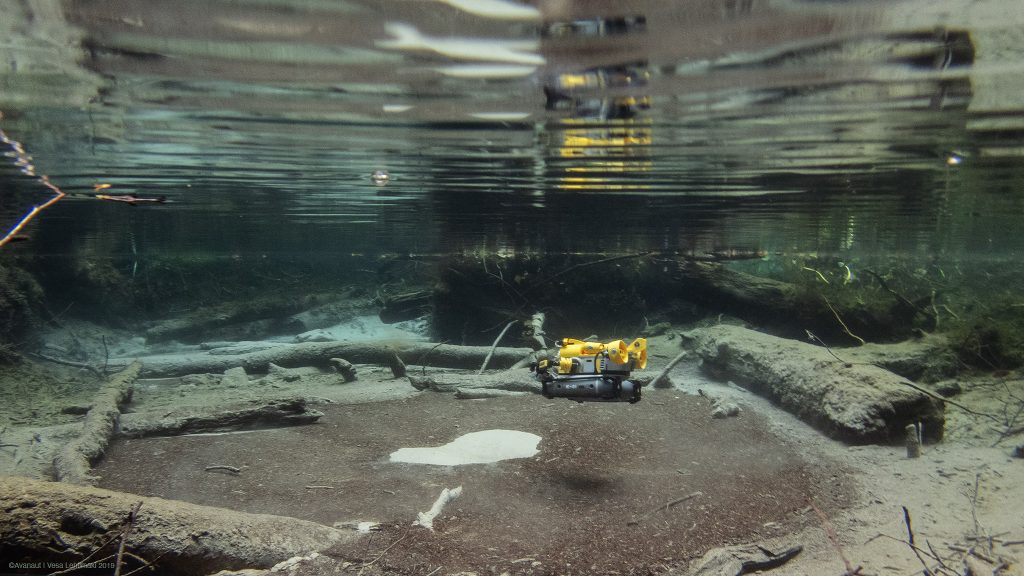
When photographing in various freshwater ponds and brooks, or even the algae prone Baltic Sea, the colours vary a lot. It depends on the weather too, obviously. Mid-day sunshine is different than afternoon underwater, so is an overcast sky. What is around above the water surface matters, even trees, buildings and rocks. I like that.
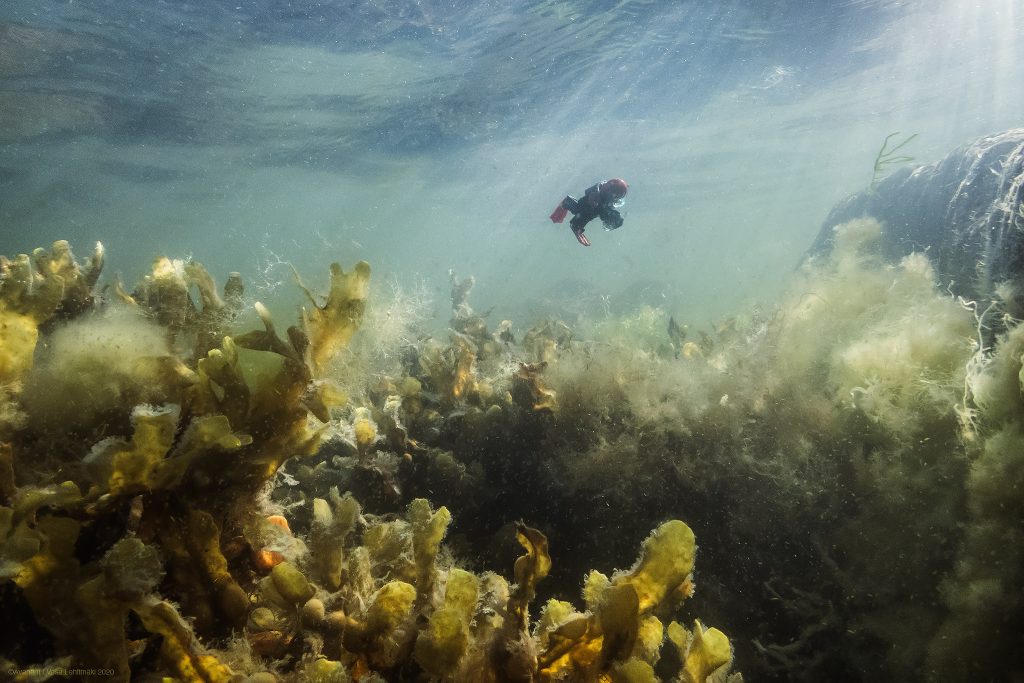
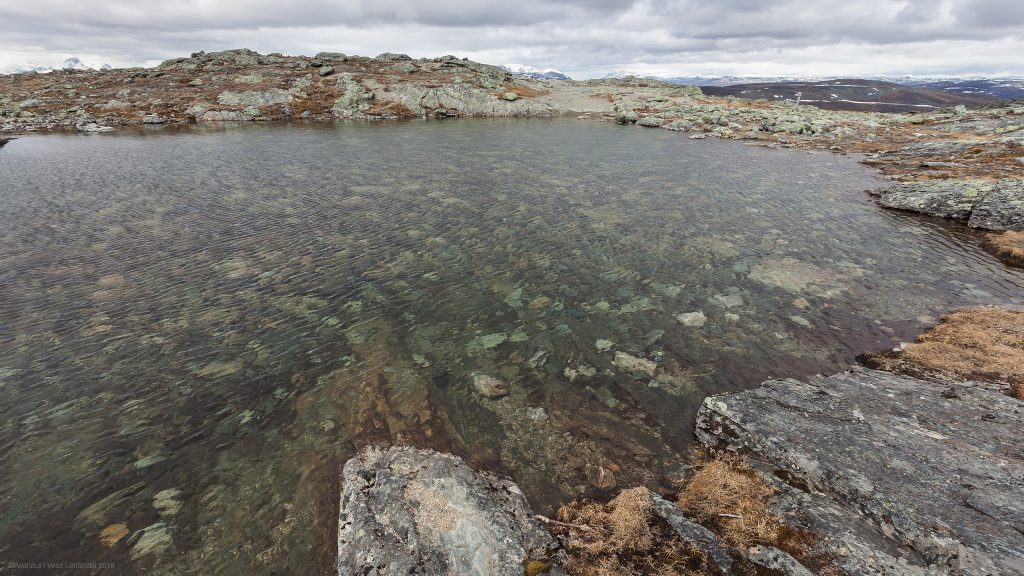
The TG-4 really is an excellent camera for its size, the TG series are the best underwater cameras in their class, say some reviews. It's quite telling that Olympus with their latest version TG-7 hasn’t been able to improve it terribly much. It’s obviously better but not radically so. The water seals on my TG-4 still work after 9 years of active use, it’s shockproof, offers RAW and has a surprisingly good macro. I've photographed closeups of spiders with it.
I am looking at alternatives to the old TG-4 however. It’s a nice camera but I could use something with a sensor that is more forgiving. Especially if I’m going to spend days traveling to a location again.
Photographing toys underwater in real environment is a fun idea all in all, I think.
In the early 2010’s my photographs with Lego, especially with Lego, were rather experimental. The manipulation of air around the little minifigures with smokes and blizzards was the thing I did. I even coined a name for it: “Forced Atmospheric Perspective Photography”.
The idea was very simple. The Forced Atmospheric Perspective Photography was about adding something in the air to scale it down, make it denser. You can’t scale down elements like fire or water but with air I knew it could be done, I just had to search for it a little. Densifying air will help match it with the small scale of the Lego minifigure thus making them look bigger than they are in photographs, less toyish.
The basic idea is not mine, of course. It originates from special effects and miniature photography in movies. Animators use it too, they simulate it with frosted glass between the elements. I used to read everything I could get my hands on about the subject of special effects, magazines and books. I grew up in Finland and finding this stuff wasn’t always the easiest thing. This was before the time of the internet, mind you. I was a subscriber to early Starlog, Cinefantastique and Cinefex magazines, I found books like ILM, The Art of Special Effects from the big Akateeminen bookstore downtown Helsinki.
From the cloud tanks of CE3K and Raiders of the Lost Ark to the Hades landscape of Blade Runner and more, that's what I had, and the idea of using it for photographing Lego and other toys. It was a different and new look with Lego at the time, it stood out. At least on platforms like Flickr, it was the giant for the photography scene then.
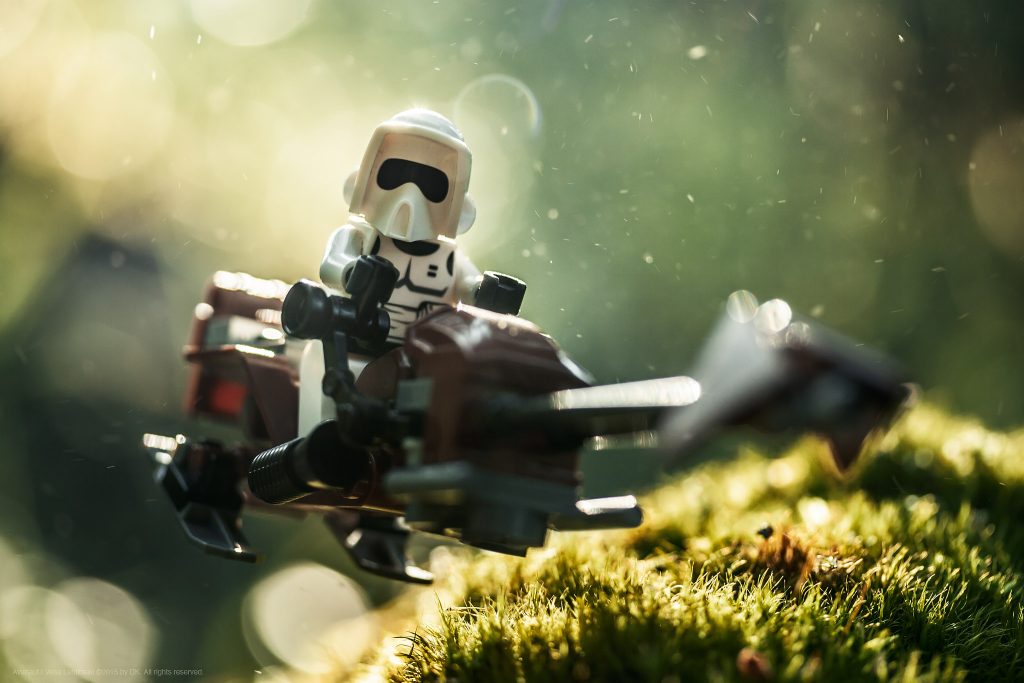
Today is February 14th, 2024, Valentine’s day and the 10th anniversary of The Lego Movie in Finland. The anniversary of The Lego Movie is why I brought up those old experiments I did with the brick. They caught the eye of the production team gearing up to make The Lego Movie around 2012 or 2013. In search for the look of the film they called me and wanted to know how and why I did my photographs the way I did.
Now, I must emphasize that the toyphotography scene back then was not like it is today. In the early days there was a moment my photography experiments left me thinking that they were indeed different and I was the village idiot making them alone because everybody else just couldn’t care less. Originally I didn't even have my name shown publicly because of this. I thought that if what I was doing somehow blew on my face I’d still have the protection of anonymity. That's where the “Avanaut” came along. Defying the self doubt was good in the end.
I have signed an NDA concerning the Lego Movie so I can’t say much. I don’t really know if they’d care after ten years, probably not, but I will let them say it for me. Just to be on the safe side.
Here is an article I’ve shared a lot. It's from Craig Welsh, the lighting supervisor of The Lego Movie. In the article on his blog Expanded Cinematography he opens the process of finding the right look for the plastic toy.
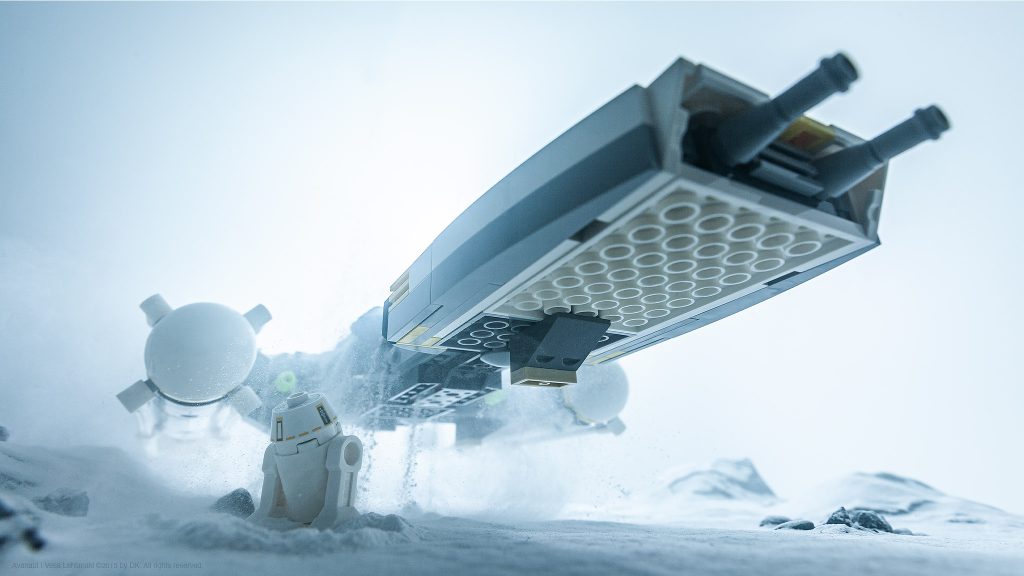
Another article in the FX Guide where the film’s production designer Grant Freckelton is interviewed about the very same thing but broader. From the article:
“Animal Logic took inspiration from Finnish photographer Vesa Lehtimäki (also known as Avanaut) who creates realistic scenes using LEGO, sometimes with ‘in-camera’ effects. “We actually talked to him,” recalls Freckelton, “and he described how Douglas Trumbull influenced his work by creating smoke tanks or much much smaller environments filled with much much more atmosphere than you would normally have. That was the same approach we took.”
That's it, ten years ago this was my little adventure with Hollywood. It was grand! Maybe even awesome.
Happy 10th anniversary Lego Movie!

